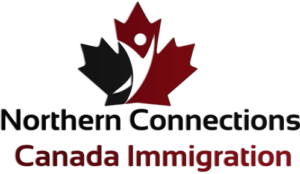As of December 23, 2024, at 11:59 PM ET, Canada officially ended the practice of flagpoling. This means that temporary residents can no longer apply for work and study permits at the port of entry.
What is Flagpoling?
Flagpoling is the process where temporary residents leave Canada, usually for a same-day or less than 24 hour visit to the U.S. or St. Pierre and Miquelon, and then re-enter to complete their immigration-related procedures at a port of entry. This typically included renewing work or study permits, confirming permanent residency status, or other immigration services. The method was favoured for its speed, as it often allowed applicants to finalize their status changes in one day, avoiding the typical wait times associated with online applications.
Why Was Flagpoling Popular?
Flagpoling became a go-to solution for many applicants due to its advantages including:
- Immediate Processing: Applicants could often resolve their immigration matters on the same day, without the long wait times of online applications.
- Face-to-Face Interaction: The opportunity for direct interaction with border services officers often provided quicker resolutions to complex cases.
- Common Use Cases: Many used flagpoling for quick renewals of work or study permits or to confirm their permanent resident status.
Why Has Flagpoling Come to an End?
The decision to end flagpoling, officially announced by Immigration Minister Marc Miller, comes after several considerations:
- Strain on Border Resources: Flagpoling had placed significant pressure on border processing officers and facilities.
- Disruption to Cross-Border Traffic: The high volume of flagpoling activities was causing delays and disrupting regular border crossings.
- Focus on Immigration Integrity: The government aims to enhance the integrity and security of Canada’s immigration system by encouraging applicants to use in-land processing methods instead of flagpoling.
Prior to this decision to end the practice altogether, the government had previously restricted flagpoling at certain border crossings and requiring applicants to make appointments. As Minister Miller emphasized, “A strong Canada-U.S. relationship keeps people and goods moving safely while protecting both sides of the border. Flagpoling is unnecessary and diverts resources from critical enforcement activities. This change will ease border congestion, improve fairness for applicants, and enhance the efficiency and security of our borders.”
Impact on Temporary Residents
While flagpoling was a convenient option, its end will present challenges for temporary residents who rely on this fast-track process. More so, Canadian employers will also feel the impacts of these changes they often rely on the ability of temporary foreign workers to process their work permits at the port of entry to begin their employment much faster. Applicants will now need to submit their work and study permit applications through Immigration, Refugees and Citizenship Canada (IRCC) online unless otherwise exempted. This shift is expected to lead to longer processing times for some, as applicants navigate online application systems and face the typical long processing times of online applications.
Possible Exemptions
This discontinuation of the practice of flagpoling will not impact U.S. citizens, U.S. lawful permanent residents, U.S. Electronic System for Travel Authorization holders who can still apply for immigration services at the port of entry. U.S. visa holders who can essentially stay in the US beyond 24 hours will also not be affected.
According to the Government of Canada’s announcement on the subject, “In very limited circumstances, work and study permits may still be granted at a port of entry to individuals who otherwise meet the definition of flagpoling. The exemptions include:
- Citizens and lawful Permanent Residents of the United States of America;
- Professionals and technicians under free trade agreements with the United States/Mexico, Chile, Panama, Peru, Colombia and South Korea;
- Spouses or common law partners of professionals and technicians under free trade agreements with Panama, Colombia and South Korea;
- International truck drivers who hold a work permit, where required to depart Canada for the purpose of their employment and held maintained status as a result of applying for renewal prior to departure; and
- Individuals who have a pre-existing appointment booked with the CBSA for permit processing.”
Conclusion
The end of flagpoling marks a significant change for temporary residents who have relied on this expedited process. While the shift may create some short-term challenges, it is part of the broader effort to streamline Canada’s immigration system, ensuring greater security and efficiency at the border. Temporary residents will now have to apply online for various immigration services.
If you’re currently in Canada or planning to change your immigration status, and you’re concerned about how the end of flagpoling may impact your application, we’re here to help.
Schedule a personalized one-on-one consultation with one of our knowledgeable immigration consultants to navigate these changes seamlessly.
Our team of immigration experts will assess your situation, guide you through the application process, and ensure compliance with the new procedures. Contact us today to book your consultation and ensure a smooth transition through these changes.
The Team at Northern Connections Canada



